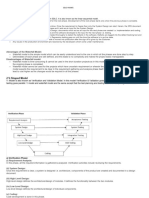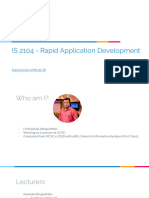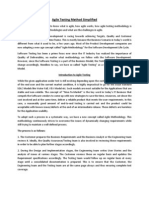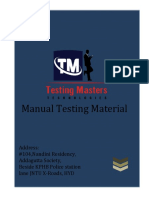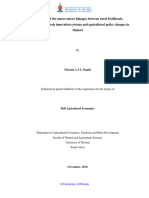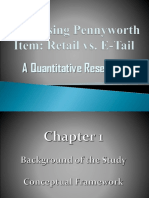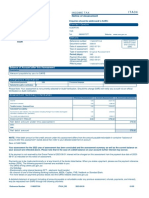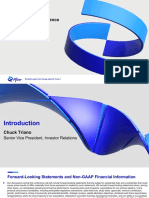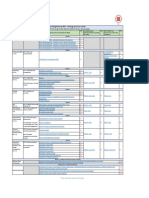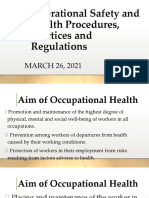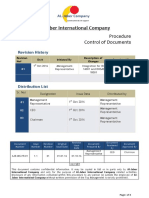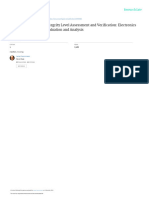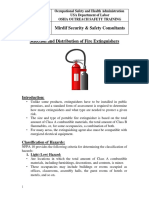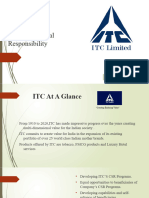Stub/Driver: Both are nothing but a dummy code, it does not contain any functionalities.
➢ If the
development lead is using top down approach to integrate the modules, while integration if any
mandatory module is missing then it will be replaced by Stub. ➢ If the development lead is using
bottom up approach to integrate the modules, while integration if any mandatory module is missing
then he will replace with Driver. 4) User Acceptance Testing: ➢ It is known as user/client acceptance
testing. Once the build is stable in test environment then we will planto deliver the build to the
client. Before delivering the build to the client, the client will send User acceptance test cases to the
testing team for execution. ➢ The testing team will execute all the UA test cases in test environment;
if all are passed then the project manager will deliver the build to the client. ➢ Client again will
execute all the UA test cases in the client’s environment (stage environment). If all are passed then
the client will deploy the build in the Live or Production environment. ➢ UAT is of two types: a.Alpha
Testing b. Beta Testing UAT Alpha testing Beta testing (UATCS) (UATCs) Test environmentStage
Environment a. Alpha Testing:Executing all the UA test cases in a test environment by the testing
team is known as ‘Alpha testing’. b. Beta Testing:Executing all the UA test cases in the clients Stage
environment by the client’s team or the testing team is known as ‘Beta testing’. Once the Beta testing
is passed then the client will go to the live environment. Test Environment Client Build (UATCS) pass
Deliver UATCS 5) System Testing: ➢ It is also known as non-functional testing. Once the application is
stable, then we can go for non-functional testing. ➢ In non-functional testing performance (response
time) of the application will be identified. ➢ The time taken between the request and response is
known as response time. It will be identified with the help of multiple non-functional testing types
like Load testing, Performance testing, Stress testing, Breaking point testing. Testing Tools Functional
Non-Functional testing Testing Team Build Start Load testing Performance testing Manual
Automation Stress testing Breaking point testing SOFTWARE DEVELOPMENT MODELS: Q. What
process you have used to develop your project The models are as follows. 1) Waterfall model 2)
Spiral model 3) V-model 4) Fish Model 5) Agile process 1) Waterfall Model: It was the initial process
or model introduced for software development (old process). The sequential execution of all the
phases in SDLC is known as water fall model. Once the phase is completed, high level management
will analyze that phase. NOTE: How waterfalls from one level to other, in the same way the phases of
SDLC will be implemented. Advantages: • It is very easy to implement the project because it is
Sequential Execution. Disadvantages: • The risk can't be identified at the early stage of the life cycle
so it can't be prevented. • It is time consuming process as well as costly process. • We can't accept
the requirements change in the middle of the project. If still needs to be accepted then we will
accept the requirement change in the form of CRs-change requests. Change requests are done at the
end of the project and CRs charged by the company. month 2) Spiral Model: • Spiral model is a
combination of waterfall model and prototype. • Instead of collecting all the requirements once, the
BA collects few requirements, it will be analyzed and designed with the help of the prototype. Then it
will be given to the development. • Once the developer develops the build then it will be released to
the testing team. The same process will be continued for all the requirements. • Once all the
requirements are completed and the build is stable, then the build will be delivered to the client.
Advantages: • We can save the time and cost, because we are executing all the phases in parallel. •
The risk can be identified at the early stage of the SDLC and it can be prevented at the early stage of
the life cycle. • The requirement change can be accepted at the middle of the process.
Disadvantages: • It is having the huge delivery risk, because of the aggressive time lines(less time). •
Cannot accept requirement change at the end stage of the project to avoid delivery risk. 3) V-
Model(Verification and Validation model): Validation: It is also known as “QC” (Quality control). The
testing team is responsible for validation. Testing team will check whether the developed software is
as per the client’s requirement or not. Test engineers are validators. Verification: Def1: Check
�whether each and every phase outcome document is as per the company and client guidelines or
not. Def2 : Check whether each and every role in the organization is working as per the Companies
and clients guide lines or not. Verification is also known as QA (Quality assurance). The
project/Process management group (PMG) or audit group are responsible for verification. • From V-
model onwards even the testing team will participate in collecting requirements. • BA is responsible
to collect the requirements, parallel the testing team will be analyzing all the requirements to check
whether it is possible to test or not. • Once the SRS is baselined, validation team is responsible for
test plan • Based on the analysis and design phases the validation team is preparing the system test
plan and design plan. • Once the code is developed they will release the build to the testing team
where they will perform all the levels of testing. Once the build is stable it will be delivered to the
client. Advantages: • The testing activities are started from the requirement phase onwards so that
we can ensure for quality. • For each and every phase the verification team and validation team will
check the phases so that we can ensure for quality. • The risk can be identified at the early stage
because we have a parallel testing activity, so it can be prevented. • We can accept the requirement
change at the middle of the phase. Disadvantages: • It's a time consuming and costly process but we
can ensure for quality. 4) Fish model: • It is same like v-model. • In fish model we will have multiple
Verification teams from the client and company to check the process and to provide more quality
and security. • It is more expensive than v-model. • It provides more security and is applied in high
level security projects like NASA, Air force, Navy, Army etc. Note: Validation team will review unit test
cases results when the build is under development
